Ramen Jiro, Ramen Like no Other
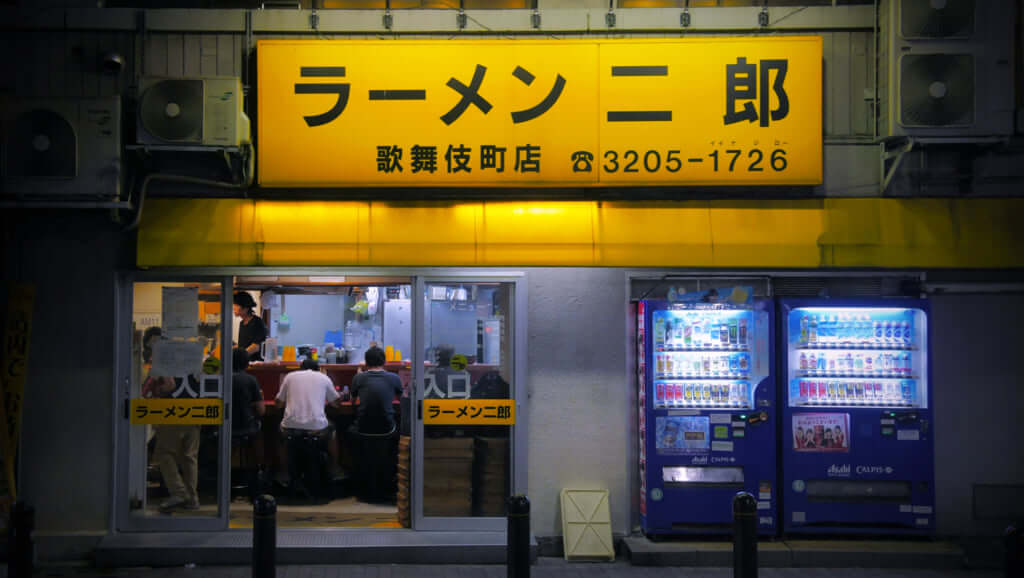
©eerkmans
Every day at lunch time, a vast crowd of students and white collar workers gather around the chain restaurants Ramen Jiro. Each branch seats only around a dozen diners, making for long queues. But patience is a virtue, and the wait is not enough to scare off Ramen Jiro fans. Technically it’s just ramen, but on a more generous scale. Ramen Jiro’s lightest option weighs 300 grams, while the largest serving is at least double that, it’s difficult to finish your dish, even for those with the most generous appetites.
This experience of culinary excess, created by Takumi Yamada who opened the first Ramen Jiro in 1968 in Tokyo is famed for its gastronomic philosophy of comfort food. Ramen Jiro both satiates appetites and is wallet friendly, with a modest price that is almost unparalleled for the number of calories consumed (1600k compared to the normal 600k) as well as its healthy credentials. Thick, almost rubbery noodles, less yellow than the regular sort, are bathed in a rich pork broth alongside beansprouts, cabbage, crushed garlic, and other optional garnishes. You can even add extra fat, either small size, or Chomoranma, the triple dose comparable to mount Everest.
The concept of giant ramen has since been exported by the Japanese chef Nishioka to Cambridge, USA. The restaurant Yume Wo Katare, literally meaning share your dreams, has seen a huge success since it opened in 2012. Here the giant dish of ramen is so large, that if a customer manages to finish an entire bowl of ramen, they must announce it out loud while other customers clap and cheer the achievement. Ramen Jiro has seen numerous diners go to titanesque lengths to finish their bowl of ramen, and in doing so, maybe accomplish their wildest dreams.
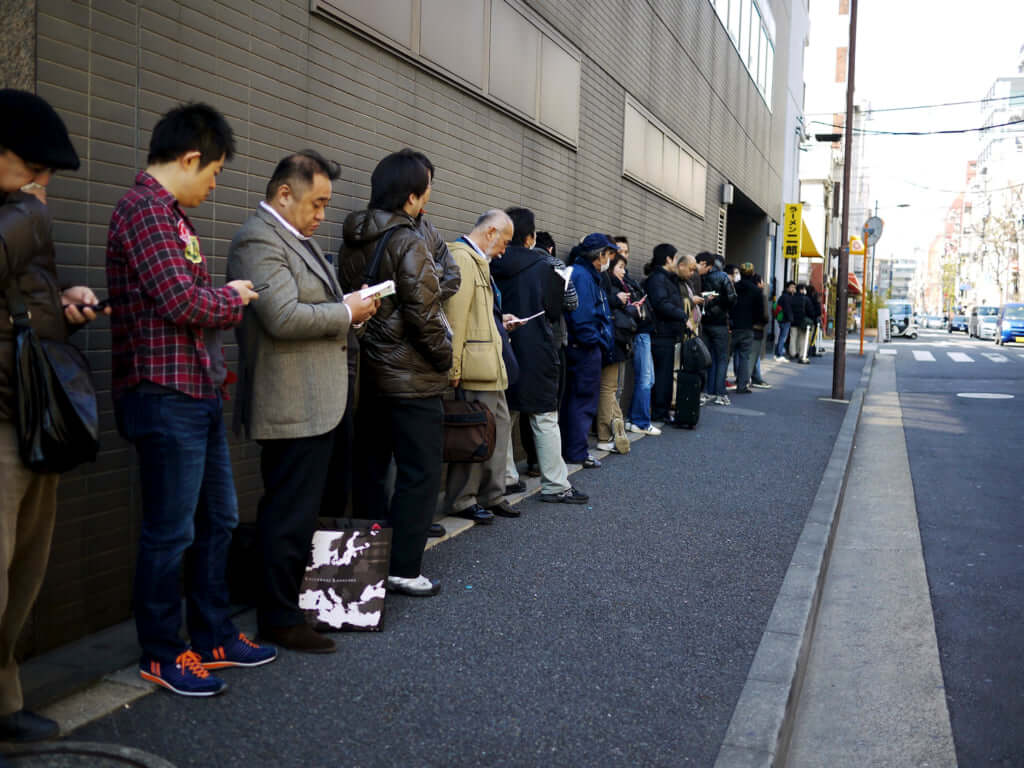
©Hunter Nield
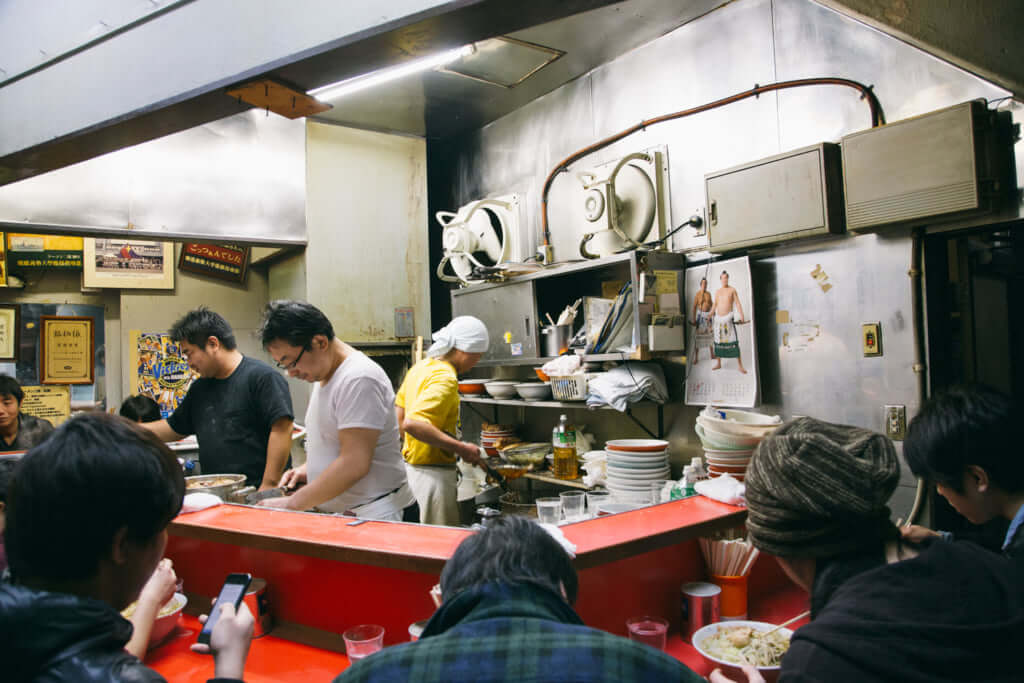
©Lance Katigbak
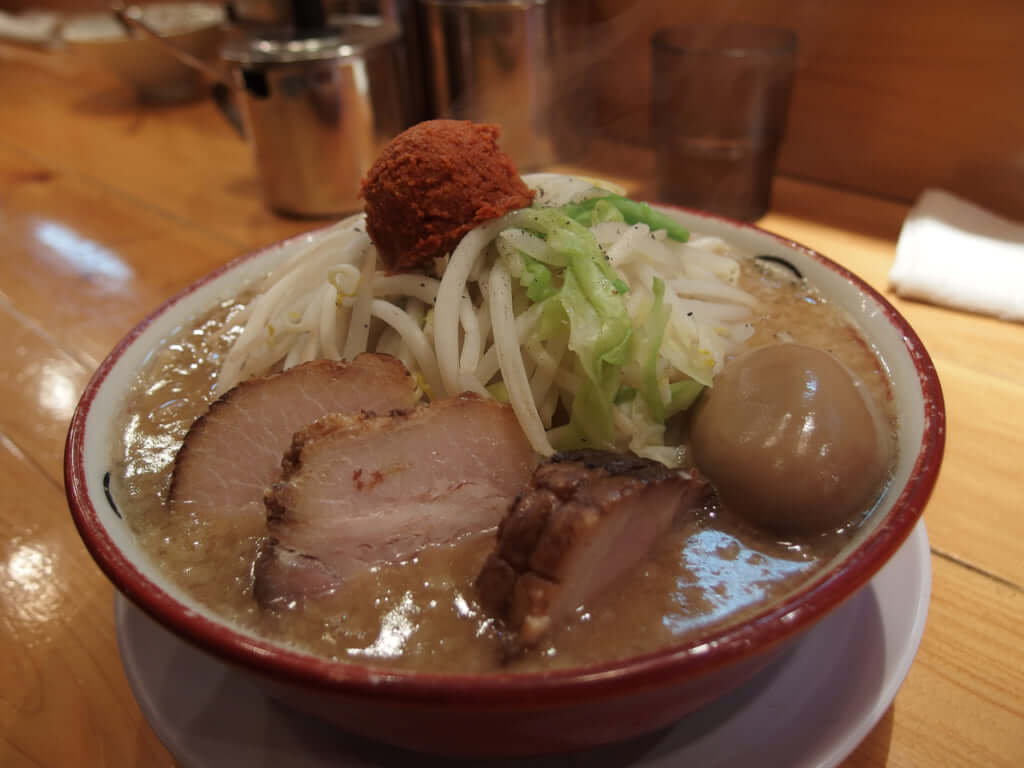
©Guilhem Vellut
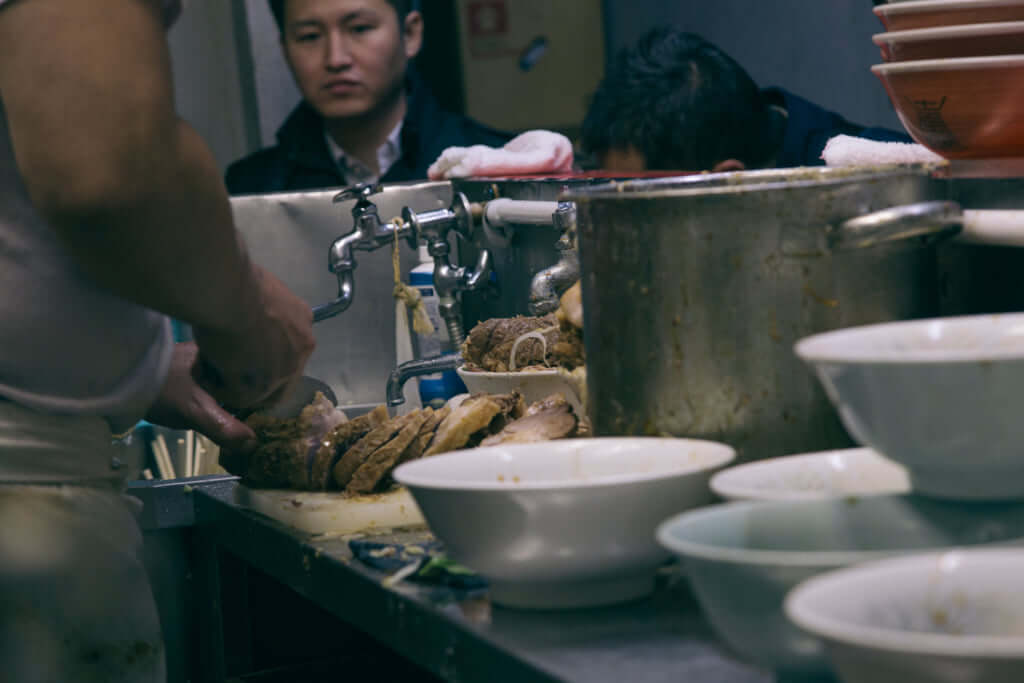
©Lance Katigbak
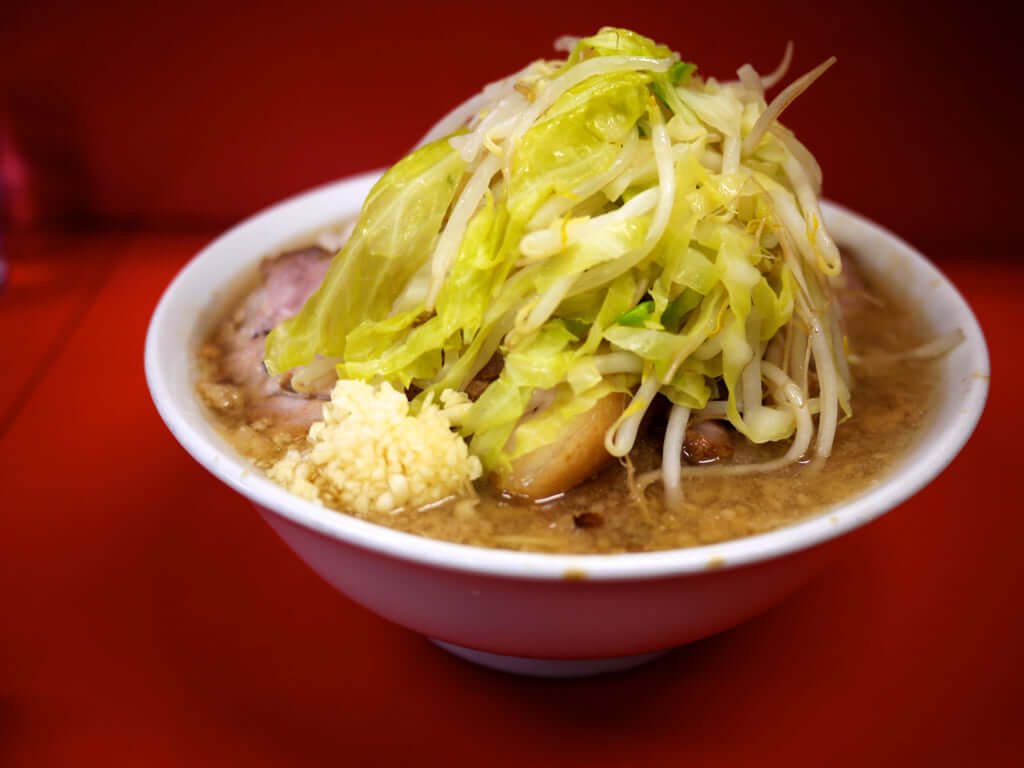
©Hunter Nield
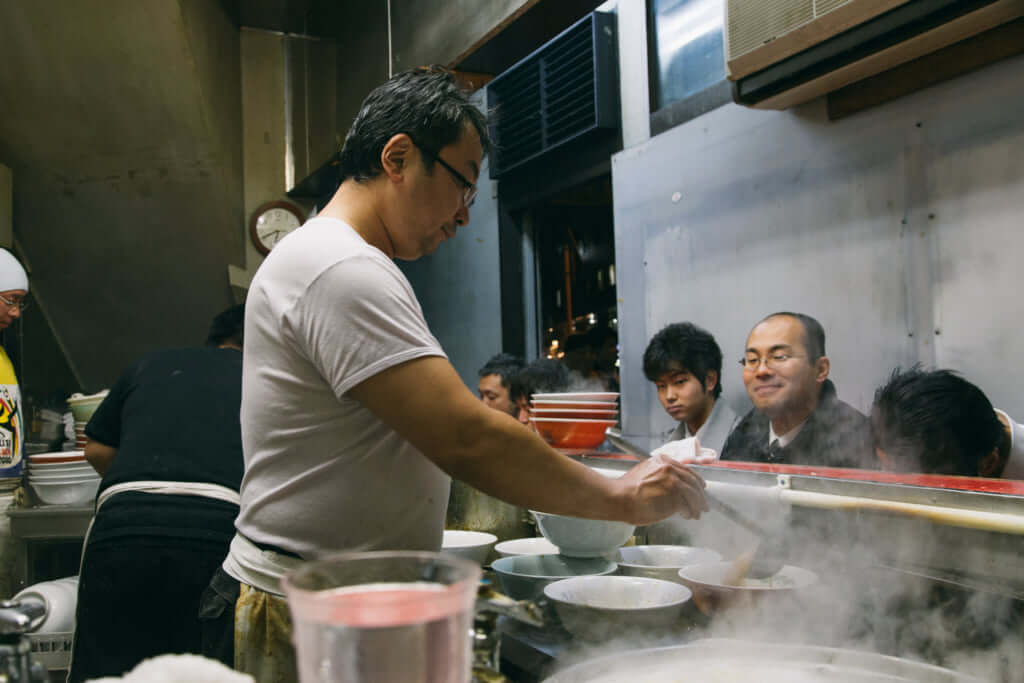
©Lance Katigbak
TRENDING
-
Yakumo Saryo: A Culinary Voyage in Tokyo
Shinichiro Ogata makes objects from glass, ceramics and bronze but is also a fantastic cook. Have a taste of both his talents at restaurant Yakumo Saryo.

-
WA BI GIN : (An Old) Affair of Passion
The Japanese distillery Hombo Shuzo, first known for their shoshu, decided to launch itself into artisanal production of gin. Thus, WA BI GIN was born.

-
Gome Pit, the Pop-Up Bar in a Waste Treatment Facility
Japan never ceases to surprise. Gome Pit is a pop-up bar with an unobstructed view over a pit where tonnes of waste are piled up before being incinerated.

-
A Japanese Tea Room Perched Atop a Rooftop
The building, in keeping with the minimalist style of its creator, offers a splendid view of Vancouver Bay and the surrounding mountains.

-
Discover Japanese Gastronomy Through The Solitary Gourmet Manga
This illustrated black and white album follows its lead through various bars, celebrating the Japanese art of living.





